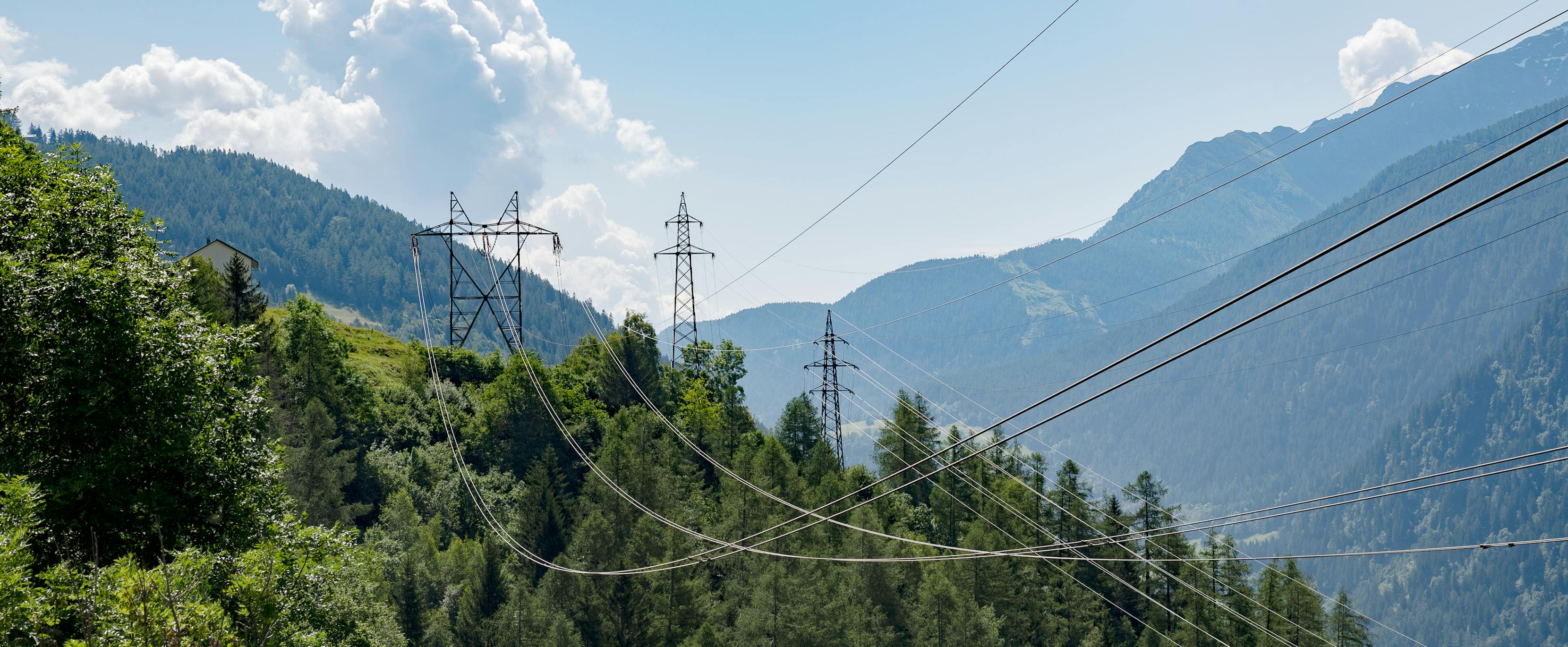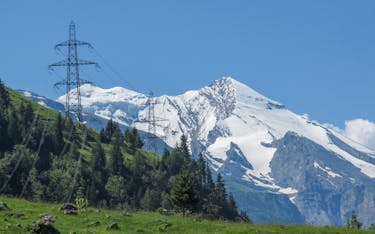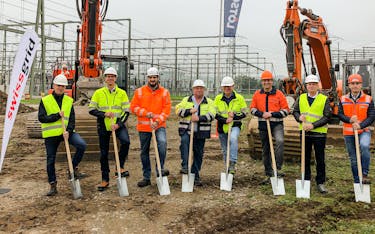People & environment
The construction of a major infrastructure project such as a high-voltage line will inevitably have repercussions on the surrounding landscape. Swissgrid is committed to mitigating the impact of the line and to compensating for any possible impact. The environmental impact report identified a further 100 nature conservation projects. These measures include the monitoring of the golden eagle and black grouse, as well as the restoration of cascades (such as the Trenta Valli cascade) and the restoration of wooded pastureland for agriculture.
Landscape
The measures undertaken to benefit nature also include the dismantling of the existing line that currently runs alongside built-up areas, and the partial burial of the AET line. The new high-voltage line will be constructed away from built-up areas and will be located on the more shaded side of the valley.
Bundling the new Swissgrid 380 kV line with the SBB 132 kV line will avoid the requirement to construct two independent sets of pylons – all for the benefit of the landscape. The new pylons will be supplied already painted green so that they blend in with the surrounding woods.
In some areas, clearing will be required, which could make the line slightly more visible for the first few years. Low trees will be planted, making the pylons less visible.
To define the route, Swissgrid decided to talk to the municipalities and «patriziati» (public entities managing collective properties). Numerous inspections and photomontages were carried out, which were then optimised at numerous meetings with the local authorities.
Electromagnetic fields and noise
The further the line from the surrounding villages, the less of a burden it will be on the population. The limit of 1 μT for electromagnetic radiation will be complied with at all times or perhaps not even reached. Noise pollution will be notably reduced thanks to the use of the latest technology and two-conductor bundles.
Natural hazards
To develop the project, Swissgrid relied on natural hazard experts. For the Tremorgio crossing, for example, an assessment was carried out by the Swiss Federal Institute for Snow and Avalanche Research at Davos. The granting of the construction permit was subject to strict conditions. Some of them involved checking, in collaboration with geologists and engineering firms in the canton, whether protective measures are necessary at the pylons. Potential natural hazards include landslides, debris flows, avalanches and rockfall.















